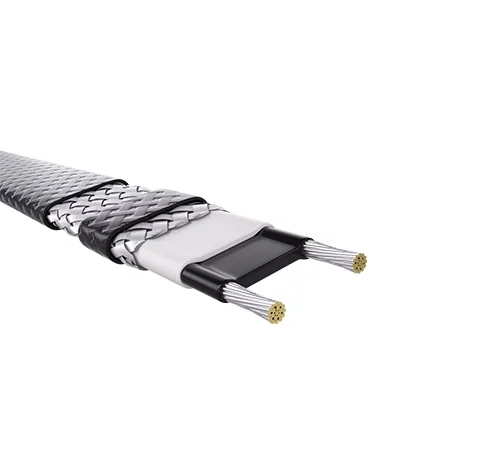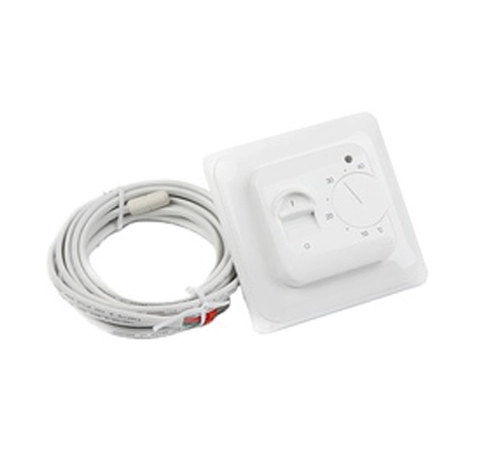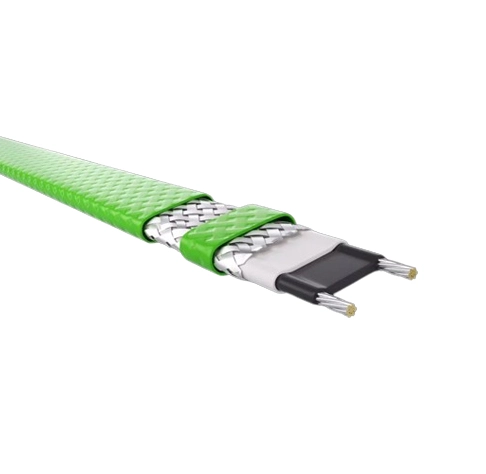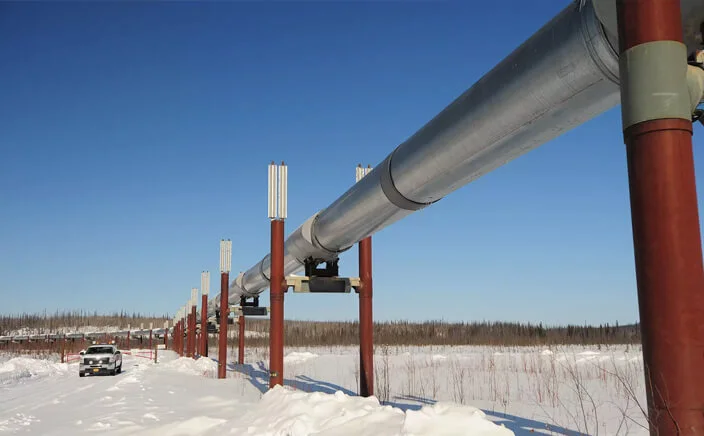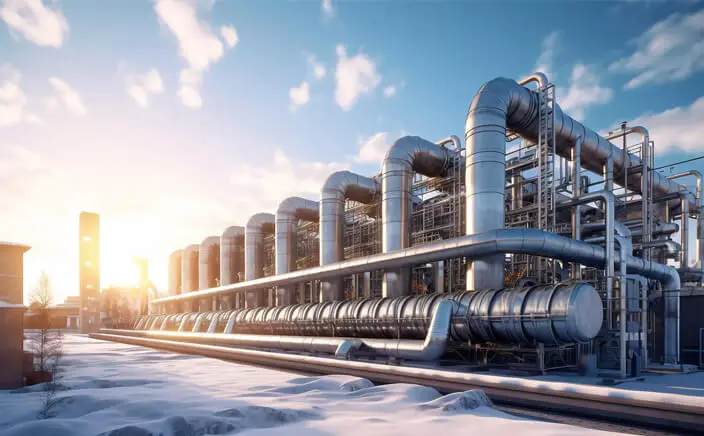When designing a heat tracing system, several key factors must be considered to ensure efficiency, safety, and cost-effectiveness. These considerations include environmental factors, technology selection, installation layout, control and monitoring, safety standards, and economic analysis.
1. Application requirements
Purpose: Anti freezing protection, process temperature maintenance, viscosity control, anti condensation or safety (e.g. preventing hazardous materials from solidifying).
Temperature range: Define the required minimum and maximum temperatures (e.g., maintain a chemical process at 50 ° C instead of preventing freezing at 5 ° C).
2. Environmental factors
Temperature Range: The system must be designed to operate within the expected extreme temperature range of the environment, including the lowest and highest temperatures.
Climate conditions: factors such as rain, snow, wind, and dust can affect the performance and durability of the heat tracing system. For example, in areas with heavy snowfall, the system must be able to withstand the weight of ice and snow.
3. Fluid and process characteristics
Fluid properties: freezing point, viscosity, thermal stability, and potential for crystallization or phase separation.
Pipeline/equipment specifications: material (e.g. metal and plastic), diameter, length, and insulation type/thickness.
Heat loss calculation: Quantify heat loss using industry standards (such as IEEE 515, ASHRAE) to determine the required number of heat tracing watts.
4. Selection of heat tracing technology
Electric heat tracing: used for high temperature self regulating, constant power or mineral insulated cables (MI).
-Very suitable for precise control, low maintenance, and remote location.
5. Steam tracking:
Use steam pipes; Suitable for high-temperature processes, but requires steam infrastructure.
Ethylene glycol tracking: ethylene glycol heated by circulation; Used for indirect heating in the food/pharmaceutical industry.
6. Heat loss calculation:
Accurately calculating heat loss is crucial for determining the required heating power and ensuring energy efficiency. This involves considering factors such as the surface area of the pipeline, the temperature difference between the pipeline and the environment, and the thermal conductivity of the insulation material.
7. Temperature control:
The system may require a thermostat or other control mechanism to maintain the desired temperature range. This is particularly important in applications where precise temperature control is crucial, such as in chemical processing.
8. Monitoring system:
Remote monitoring and fault detection systems can improve the reliability and maintainability of heat tracing systems. These systems can alert operators before potential problems become serious for timely maintenance.
9. Safety standards
Explosion proof standard: In hazardous areas, the system must comply with explosion-proof standards such as ATEX. This may involve the use of special cable types and installation methods to prevent sparks or overheating that may ignite flammable gases or liquids.
Grounding and insulation: Proper grounding and insulation are crucial for preventing electrical hazards. This includes ensuring that all electrical connections are properly grounded, and that the insulation layers of cables and heating elements are intact and undamaged.
10 Economic Analysis
Initial investment: The cost of the heat tracing system must be considered, including equipment, installation, and control systems. Although electric tracing may have higher initial costs than steam tracing, it can achieve long-term savings by improving efficiency and reducing maintenance.
Operating costs: Long term costs such as electricity consumption and maintenance must be considered in economic analysis. For example, the cost of electricity supplied to a heat tracing system throughout its entire lifecycle must be compared to the cost of steam or other heating sources.
Maintenance plan: Regular maintenance plan helps prevent failures and extend the service life of the system. This may include regular inspections, cleaning, and replacement of worn components.
By addressing these factors, a well-designed heat tracing system can ensure operational efficiency, safety, and lifespan, while minimizing energy costs and downtime to the greatest extent possible


